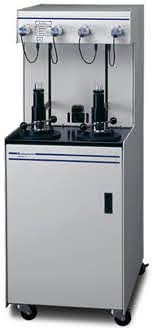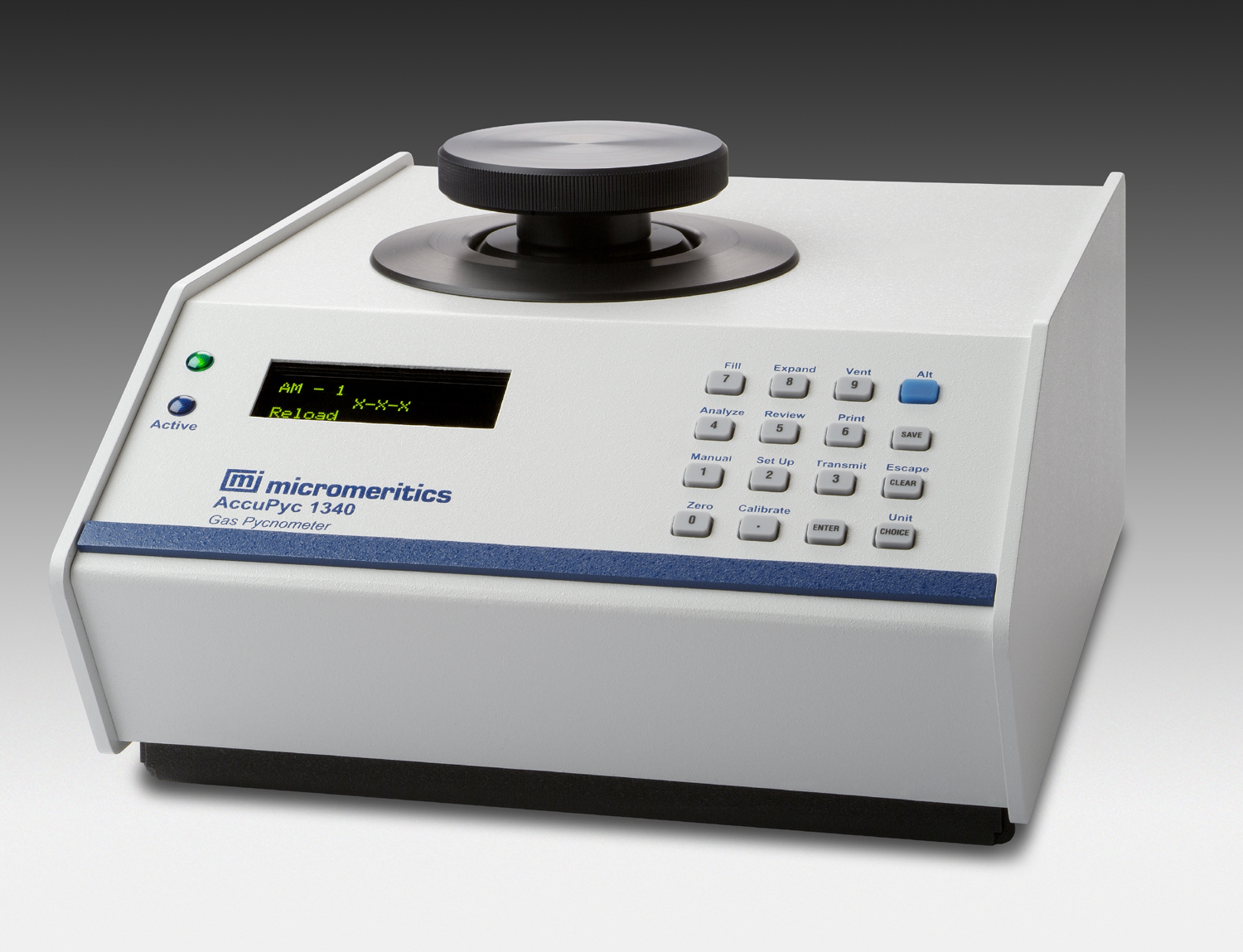Hg-Pycnometry
The properties of porous media can be characterised high pressure mercury intrusion (HPMI or HG-PYCHNOMETRY). Mercury is intruded into the test samples at increasing pressure from 0.5 psi through to 60,000 psi. The volume intruded as a function of pressure is computed into a pore throat size distribution function which is valuable for a range of applications including rock typing, core data analysis and interpretation and planning of special core analysis (SCAL) studies. The procedure also generates a measured drainage capillary pressure curve which can be converted into reservoir equivalent units for the purpose of saturation height modelling for log interpretation and reservoir modelling. The procedure is rapid (multiple samples can be run per day) and highly cost effective. Different sample sizes can be handled down to as little as 5 grams. Analysis of cuttings is also possible. Aside from geological studies, the procedure has application in a wide range of industries in which the properties of porous media are important – including ceramics, absorbents, catalysts, fuel cells, filtration and construction materials.

Figure. Qmineral uses the Autopore IV from Micromeritics for Hg-pycnometry measurements.
He-pycnometry
The average grain-density of a sample can be calculated from its mineralogy and TOC content, or measured directly by He-pycnometry. Known quantities of helium gas are expanded into a cell containing the sample, at different pressures but constant temperature. A gas law (corrected for non-ideality) is used to calculate the skeletal volume of the sample, from which the grain density is obtained, using the sample mass.
If the exact volume of the sample is known, for instance with plug samples, He-pycnometry can be used to analyse the effective porosity of samples. Qmineral can handle different sample sizes.

Figure. Qmineral uses the AccuPyc 1340 from Micromeritics for He-pycnometry measurements.
